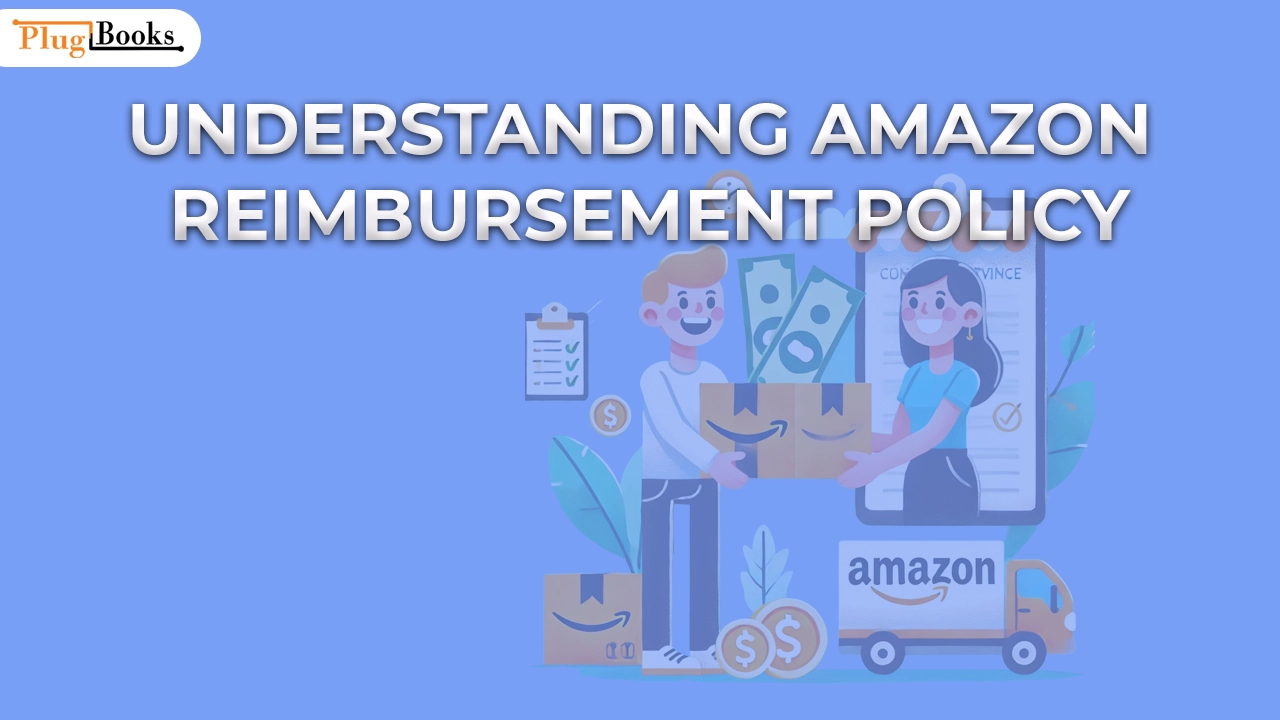If you’re an Amazon seller, you’ve likely come across situations where inventory goes missing, gets damaged, or is delayed. The Amazon reimbursement policy exists to help sellers like us get compensated for such losses. In this post, we’ll delve into how this policy works, what qualifies for reimbursement, and how you can navigate the process smoothly to ensure you’re not left with a loss.
What is the Amazon Reimbursement Policy?
The Amazon reimbursement policy ensures that sellers are reimbursed for inventory losses or damages that occur while the products are in Amazon’s possession. This could include cases where items are misplaced in Amazon’s warehouse, damaged during shipping, or lost in the fulfillment process. It’s crucial for sellers to understand the ins and outs of the policy to avoid missing out on potential reimbursements.
When Can Sellers Request Reimbursement?
There are several situations where you can file for reimbursement under Amazon’s policy:
- Lost Inventory: If Amazon loses your product in its warehouse or during the fulfillment process, you can request reimbursement.
- Damaged Inventory: If your inventory is damaged while stored or shipped by Amazon, you are eligible for reimbursement.
- Customer Returns: If a customer returns an item, but it cannot be resold due to damage, Amazon may compensate you.
- Shipping Errors: In some cases, if the wrong items are shipped to a customer, Amazon may offer reimbursement to cover the loss.
Learn more about Amazon’s policies here.
How to Request Reimbursement for Lost or Damaged Inventory
To initiate a claim for reimbursement under the Amazon reimbursement policy, follow these steps:
- Log in to Your Amazon Seller Central Account: First, sign in to your seller account to begin the process.
- Navigate to the ‘Performance’ Tab: Here, you’ll find the ‘Account Health’ section where you can review all your returns and claims.
- Locate the ‘Reimbursements’ Section: Under this section, Amazon will show whether any of your items qualify for reimbursement based on their guidelines.
- Submit a Reimbursement Request: If your items are eligible, you’ll need to provide the necessary details and submit a claim. Amazon will investigate and process it accordingly.
For step-by-step guidance, refer to Amazon’s Help Center.
What Happens After Submitting a Claim?
After submitting a claim for reimbursement, Amazon will typically take a few days to investigate the issue. They may either approve or deny your request based on their findings. In some cases, Amazon may ask for additional information, so it’s essential to keep track of your claims and follow up if necessary.

How Long Does It Take to Get Reimbursed?
Once your claim is approved, it may take anywhere from a few days to a couple of weeks for the reimbursement to be processed and credited to your account. This time frame can vary depending on the nature of the claim and the complexity of the issue.
Tips to Maximize Reimbursement Claims
- Keep Detailed Records: Maintain accurate records of your inventory, shipments, and any customer returns. This will make it easier to provide proof when filing a claim.
- Check Your Reports Regularly: Amazon provides a variety of reports that can help you track the status of your claims and ensure you’re not missing any reimbursements.
- Understand Amazon’s Policies: Familiarize yourself with Amazon’s policies on reimbursement to ensure your claims are valid. For example, Amazon typically does not reimburse for inventory lost due to seller error.
- File Claims Promptly: If you discover any issues, file a claim as soon as possible. Delaying the process can sometimes lead to the rejection of claims.
Common Issues with Amazon Reimbursement Claims
While the Amazon reimbursement policy is designed to help sellers, some common issues can arise during the process:
- Claims Denied Due to Seller Error: If you fail to follow Amazon’s guidelines for inventory shipment or labeling, your claim may be rejected.
- Lost or Damaged Items Not Covered: Items that are lost or damaged due to your fault, such as improper packaging or shipping, are not eligible for reimbursement.
- Delayed Reimbursement Processing: At times, Amazon’s reimbursement process can take longer than expected. This is typically the case with complex claims or during busy seasons.
Frequently Asked Questions (FAQs)
- What types of losses are covered under the Amazon reimbursement policy? The policy covers lost inventory, damaged items, and errors in fulfillment or shipping that occur while the products are in Amazon’s care.
- How do I check if I am eligible for reimbursement? You can check for eligible reimbursements by navigating to the ‘Reimbursements’ section in your Amazon Seller Central account.
- How long does it take for Amazon to process a reimbursement claim? It can take a few days to a couple of weeks to process your claim, depending on the complexity of the issue.
- Can I file a reimbursement claim for items lost due to my mistake? No, if the loss is due to seller error, Amazon’s policy does not cover reimbursement.
- How can I avoid having to file reimbursement claims? Proper inventory management, accurate labeling, and adhering to Amazon’s shipping guidelines can reduce the chances of needing to file claims.
Conclusion
The Amazon reimbursement policy is a valuable resource for sellers, ensuring that you’re fairly compensated for inventory losses and damages during fulfillment. By understanding how to navigate the process, keeping accurate records, and submitting claims promptly, you can minimize the impact of these issues on your business. Always remember to review Amazon’s terms carefully to ensure that your claims are valid and complete.
Explore more resources for Amazon sellers.





2 thoughts on “Understanding Amazon Reimbursement Policy: A Complete Guide”